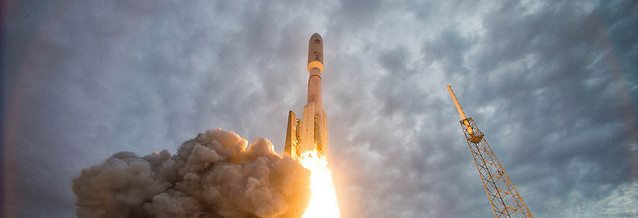Warwick Engineering students launch satellite
Engineering students from Warwick University successfully launched a satellite into space on 17 March.
The satellite, called CubeSat, has taken three years to develop by Warwick University satellite team (WUSAT), with the last two focusing on the launch.
The experiment was launched 87km into the atmosphere and free-fell back to Earth, taking and transmitting results on the way. CubeSat took measurements of the levels of sodium and oxygen at different altitudes.
The purpose was not to investigate Earth’s atmosphere, but instead to prove a concept that could be used to provide information on a planet from another solar system, regarding whether or not it could sustain life.
The team launched it on a rocket as part of the Rocket Experiments for University Students (REXUS) programme. REXUS is a collaborative project set up by the German Aerospace Centre and the Swedish National Space Board.
It primarily offers opportunities for German and Swedish university students. However Sam Harvey, mechanical engineer and one of the project members, said: “Through a collaboration with the European Space Agency, other European teams are [also] selected. This is how we got our place and we have hence been supported by ESA throughout the project.”
The team were “extremely pleased with the result” and already have plans for future projects. Mr Harvey explained: “The future of the WUSAT programme is the development of WUSAT-3, which is planned to be an orbital launch.
“Establishment of a launch provider is still in progress. Yet, it is worth noting that one exciting possibility is an ESA student programme, which may launch from the International Space Station.”
Footage from the launch can be viewed here.

Comments